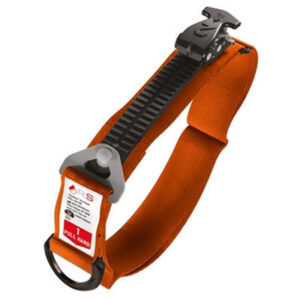Please remember, if you need assistance or have any questions, call us on 0330 223 6336 or drop us an email at sales@defibworld.org
Workplace safety is a priority that often focuses on fire drills and first aid kits, but what about sudden cardiac arrest (SCA)? Did you know that 15% of SCA cases occur in the workplace? Immediate response is crucial, as every minute without defibrillation decreases survival rates by 7-10%. This raises an important question: Is your office equipped to handle such emergencies effectively?
Defibrillators, or AEDs, are life-saving devices that can make a significant difference in these critical moments. Studies show that immediate defibrillation can boost survival rates to 60%, with the first minute being the most crucial. Real-world examples highlight how timely use of defibrillators has saved lives and improved workplace morale.
Understanding Sudden Cardiac Arrest (SCA) in the Workplace
Prevalence and Impact
Sudden cardiac arrest (SCA) is a critical health emergency that can strike without warning, and its occurrence in the workplace is more common than many realise. Approximately 15% of SCA incidents happen in work environments, highlighting the pressing need for preparedness. The impact of SCA extends beyond the immediate health crisis; it also carries significant emotional and financial repercussions for businesses and employees.
When an employee suffers from SCA, the emotional toll on colleagues can be significant, often leading to decreased morale and productivity. A team member’s sudden loss or incapacitation can create a ripple effect, affecting the workplace environment. Financially, the costs associated with SCA can be substantial, including medical expenses, potential legal liabilities, and hiring and training replacement staff. These factors underscore the importance of effective emergency response measures, including the availability of defibrillators.
Why Every Second Counts
The urgency of responding to SCA can’t be overstated. The critical window for defibrillation is within the first three to five minutes following a collapse. Deploying a defibrillator within this timeframe can mean the difference between life and death, with survival rates ranging from 50% to 70%. However, each minute without CPR and defibrillation reduces the chance of survival by 7% to 10%, making immediate action imperative.
The rapid decline in survival rates with each passing minute highlights the need for quick and efficient emergency response. Emergency medical services may not often arrive in time to provide the necessary intervention, so having a defibrillator on-site is crucial. By ensuring that defibrillators are readily accessible and that employees are trained to use them, workplaces can significantly improve the chances of survival for individuals experiencing SCA.
The Life-Saving Potential of Defibrillators
Survival Rates with Immediate Defibrillation
The effectiveness of defibrillators in saving lives is well-documented. Studies have shown that immediate defibrillation can boost survival rates up to 60%. The first minute following a cardiac arrest is particularly critical, with survival rates potentially reaching as high as 90% if a defibrillator is used promptly. Even within the first three to five minutes, survival rates remain between 50% and 70%, underscoring the importance of quick access to these life-saving devices.
The stark contrast in survival rates based on the timing of defibrillation illustrates the life-saving potential of having defibrillators readily available in the workplace. By ensuring that these devices are easily accessible and that employees are trained to use them, businesses can create a safer environment and significantly increase the likelihood of positive outcomes in SCA.
Real-World Success Stories
Numerous real-world examples demonstrate the life-saving impact of timely defibrillator use. In workplaces where defibrillators are available and employees are trained to use them, countless lives have been saved. These success stories highlight the importance of having defibrillators on-site and contribute to a culture of safety and preparedness within the workplace.
Defibrillators can also improve workplace morale, as employees feel more secure knowing that life-saving equipment is available in an emergency. This sense of security can enhance overall job satisfaction and contribute to a positive work environment.
Practical Implementation in the Workplace
Choosing the Right Defibrillator
Selecting the appropriate defibrillator for a workplace involves considering several vital features. Choosing a user-friendly device with clear instructions and automated prompts is essential to guide users through defibrillation. Additionally, the defibrillator should be reliable and durable, capable of withstanding the demands of a busy work environment.
Trusted sources like Defib World recommend the best defibrillators for workplace settings, ensuring that businesses can make informed decisions. Key features to look for include:
- Ease of Use: Clear instructions and automated prompts
- Durability: Robust design to withstand workplace conditions
- Maintenance: Low maintenance requirements and self-check capabilities
- Portability: Lightweight and easily accessible in an emergency
Training and Preparedness
Having a defibrillator on-site is only part of the solution; ensuring employees are trained to use it is equally important. CPR and defibrillator training should be an integral part of workplace safety programs. Training sessions can equip employees with the knowledge and confidence to act swiftly and effectively in an emergency.
Creating an emergency response plan tailored to the specific needs of the office environment is also crucial. This plan should include clear procedures for responding to SCA, regular drills to keep skills sharp, and designated roles for employees to ensure a coordinated response. By fostering a culture of preparedness, businesses can enhance their overall safety and readiness to handle emergencies.
Overcoming Common Barriers
Addressing Misconceptions and Fears
Despite their proven effectiveness, misconceptions and fears about their use can hinder their adoption in the workplace. Some employees may worry about the safety and complexity of using a defibrillator, fearing that they might cause harm or be unable to operate the device correctly. It’s essential to debunk these myths and reassure employees about modern defibrillators’ ease of use and reliability.
Defibrillators are designed to be user-friendly, with automated prompts and safeguards to prevent misuse. Training programs can further alleviate fears by providing hands-on experience and demonstrating the simplicity and safety of the devices. By addressing these concerns, businesses can encourage a more positive and proactive attitude towards defibrillator use.
Cost and Accessibility
Some businesses may be concerned about the cost of acquiring defibrillators, but it’s essential to consider the cost-benefit analysis of this investment. The potential to save lives and reduce SCA’s emotional and financial impact far outweighs the initial expenditure. Various programs and grants are available to support businesses acquiring AEDs, making them more accessible.
Investing in defibrillators is a proactive step towards enhancing workplace safety and demonstrating a commitment to employee well-being. By exploring available funding options and understanding the long-term benefits, businesses can overcome financial barriers and ensure they are equipped to handle cardiac emergencies effectively.


- 11 August 2024
Conclusion: Ensuring a Safe and Prepared Workplace
Sudden cardiac arrest (SCA) is a critical health emergency that can strike without warning, and its occurrence in the workplace is more common than many realise. The emotional and financial repercussions of SCA underscore the importance of effective emergency response measures, including the availability of defibrillators. Immediate defibrillation can significantly boost survival rates, making quick access to these life-saving devices crucial. By ensuring that defibrillators are readily accessible and employees are trained to use them, workplaces can create a safer environment and significantly increase the likelihood of positive outcomes in SCA.
Defib World is dedicated to helping businesses understand the importance of AEDs and how to implement them effectively, ensuring that workplaces are prepared for any emergency. The presence of defibrillators can improve workplace morale, as employees feel more secure knowing that life-saving equipment is available in case of an emergency. Investing in defibrillators shows care for your team and fosters a culture of safety and preparedness. Remember, every second counts; the difference between life and death could be just a heartbeat away.

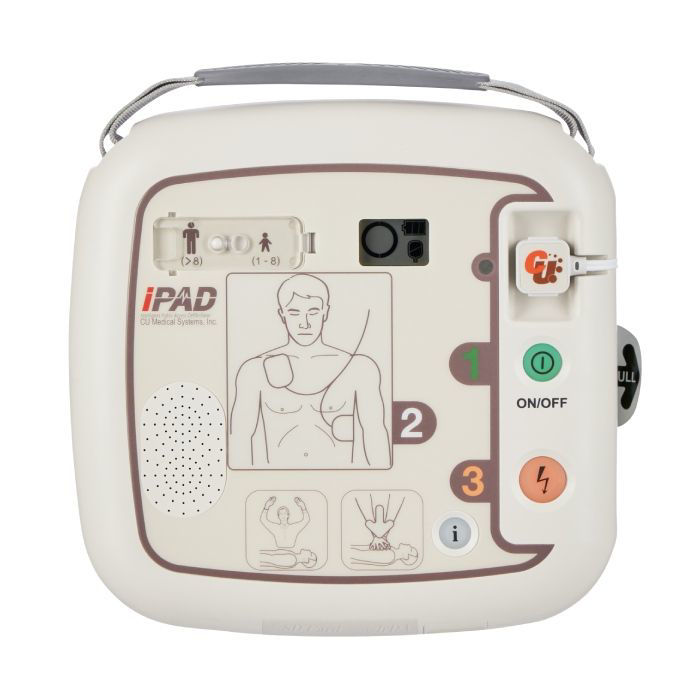
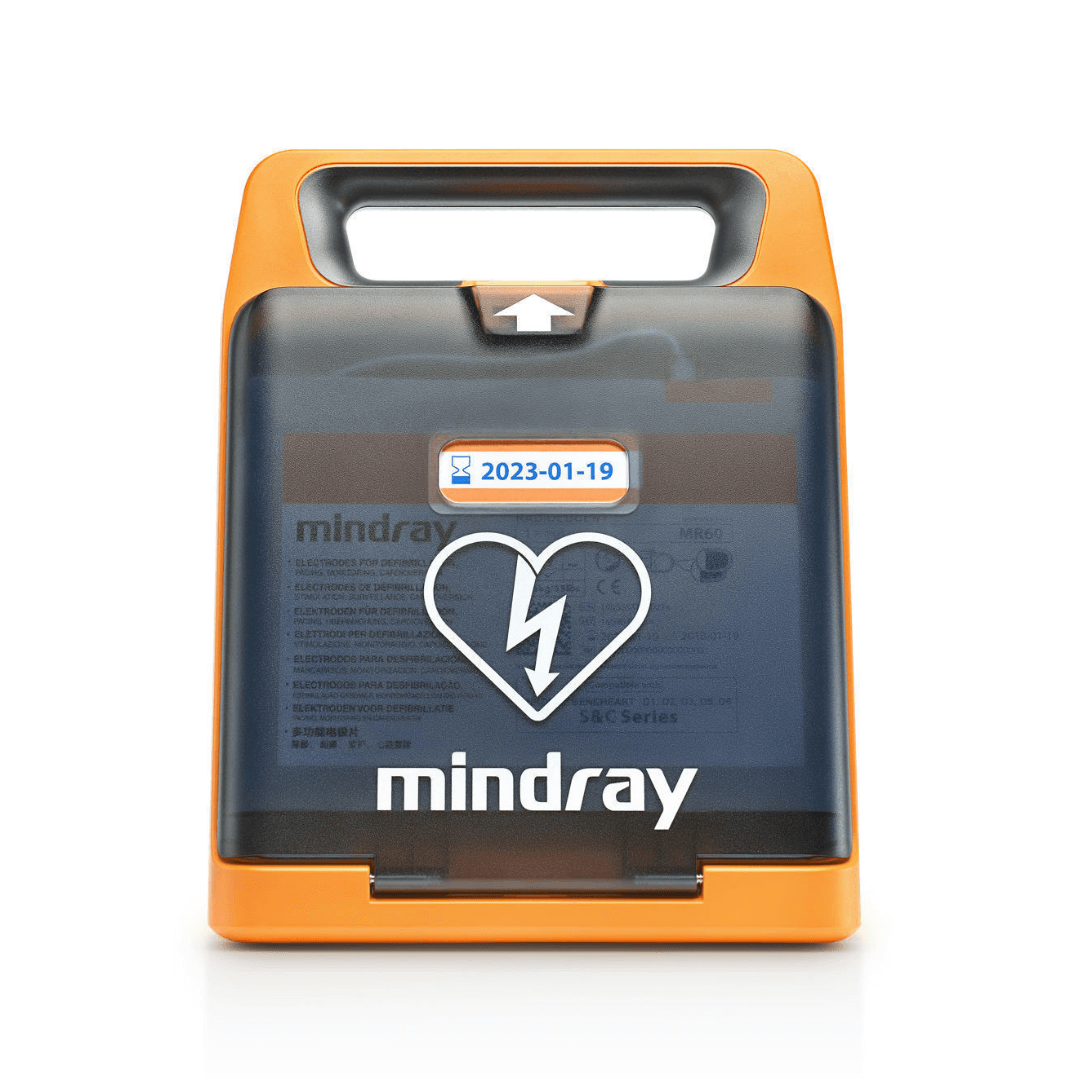
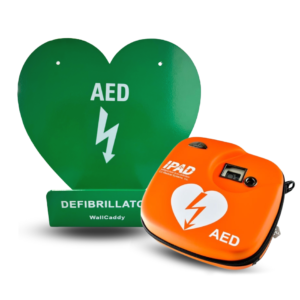
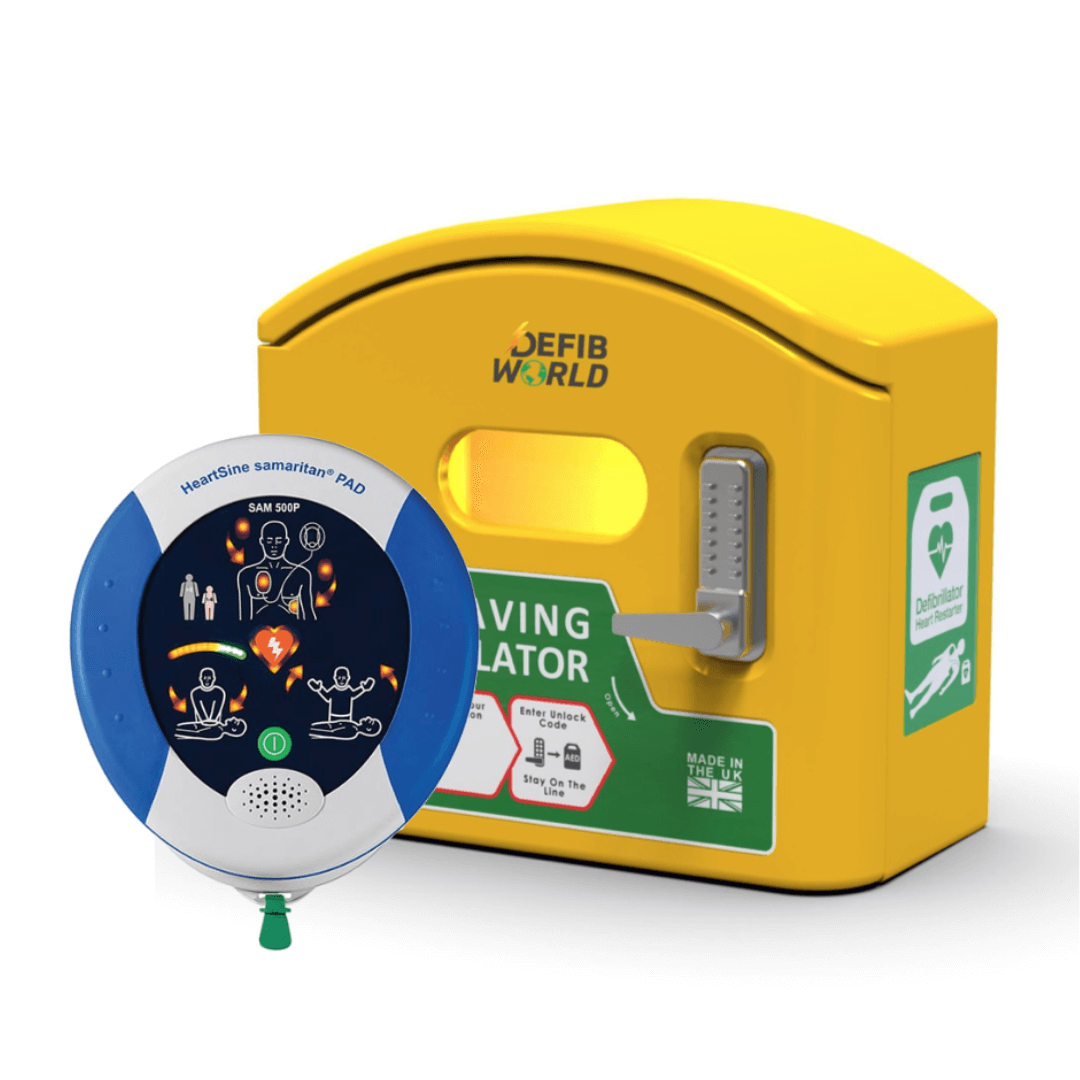
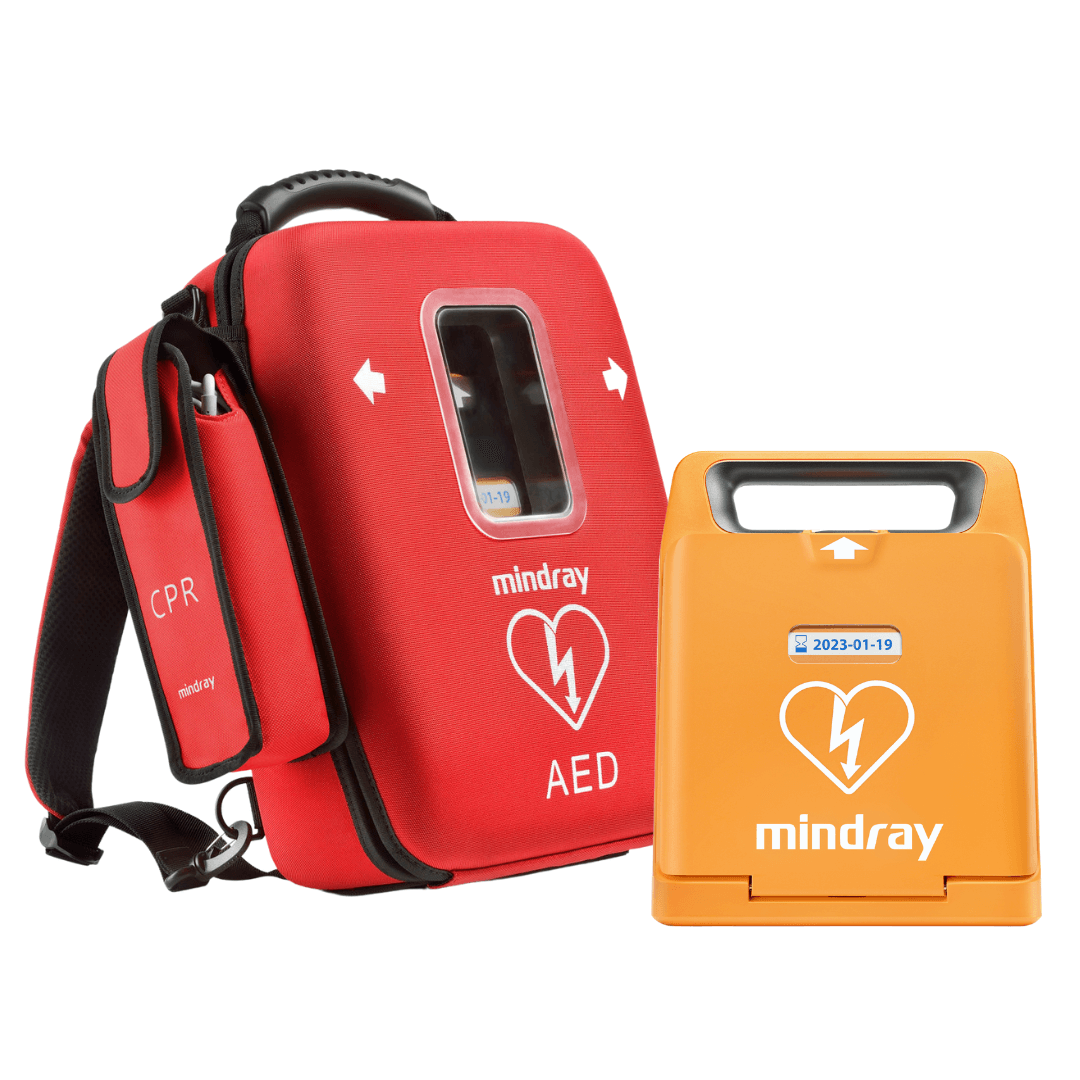
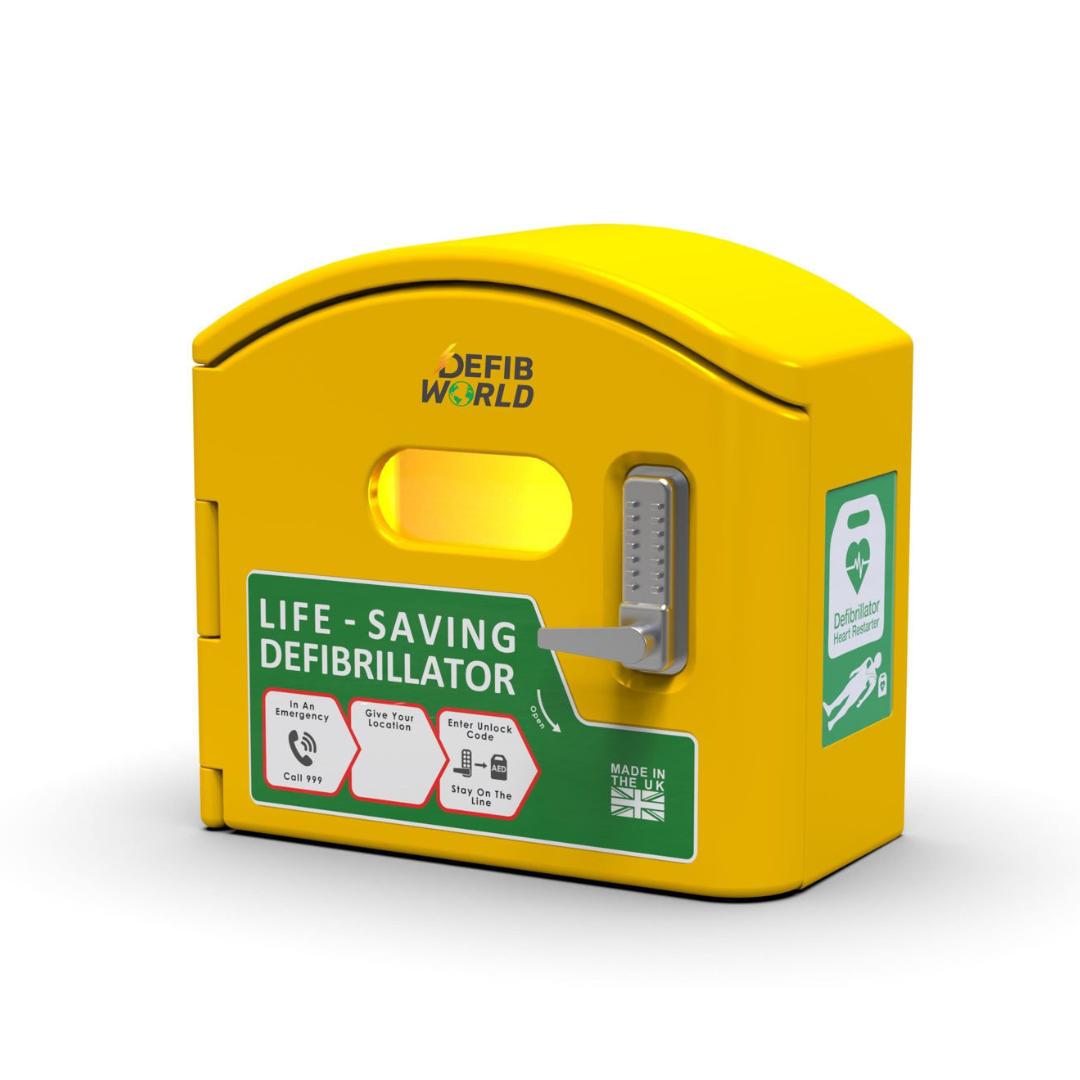
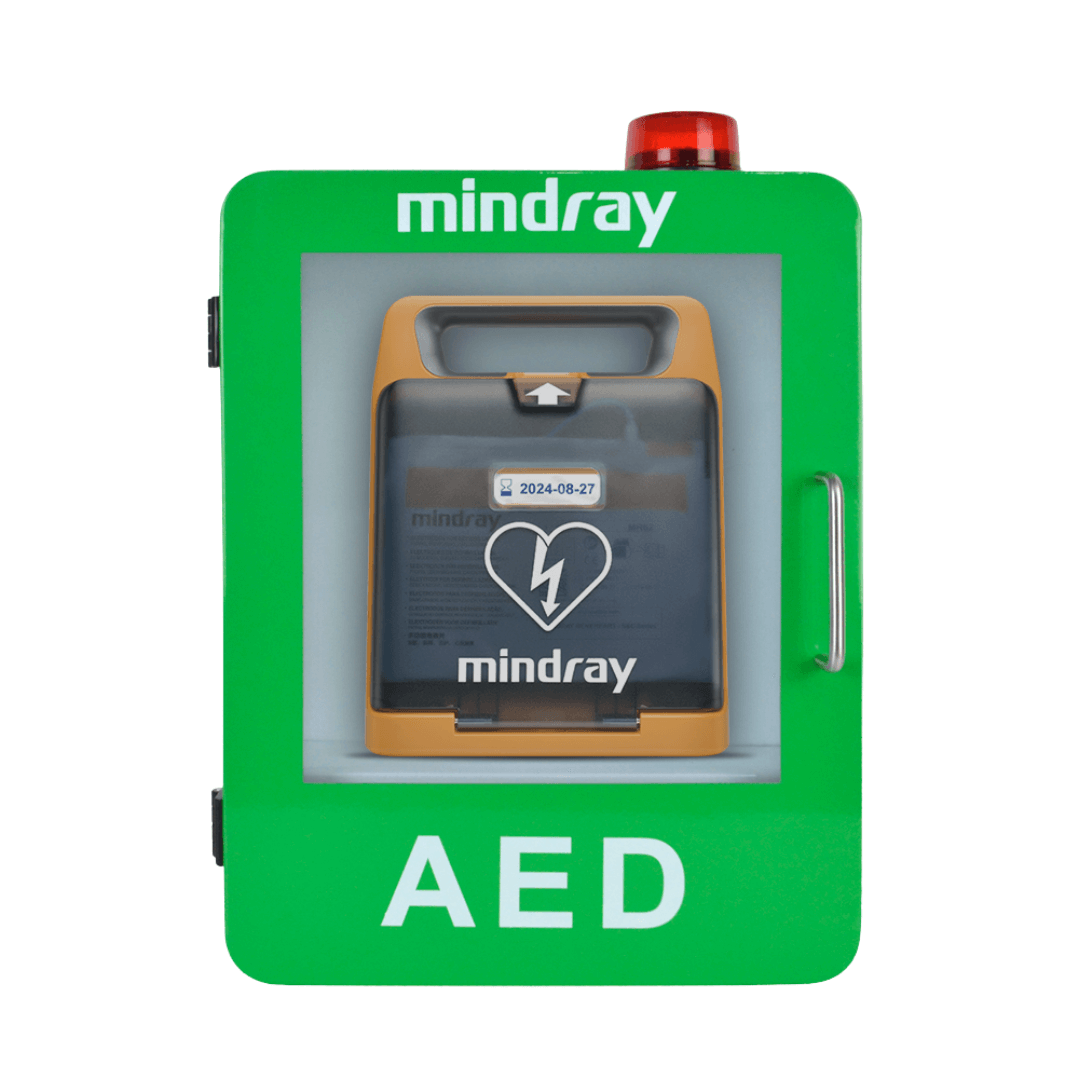
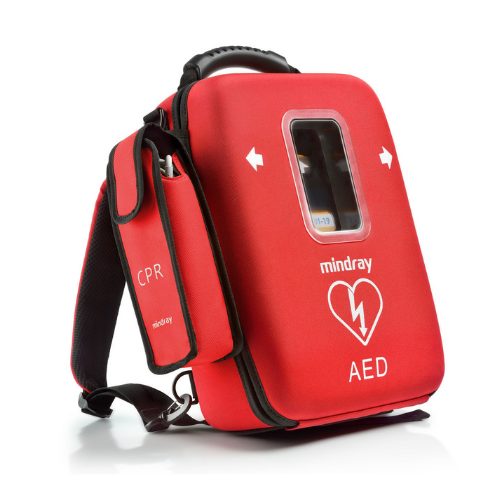
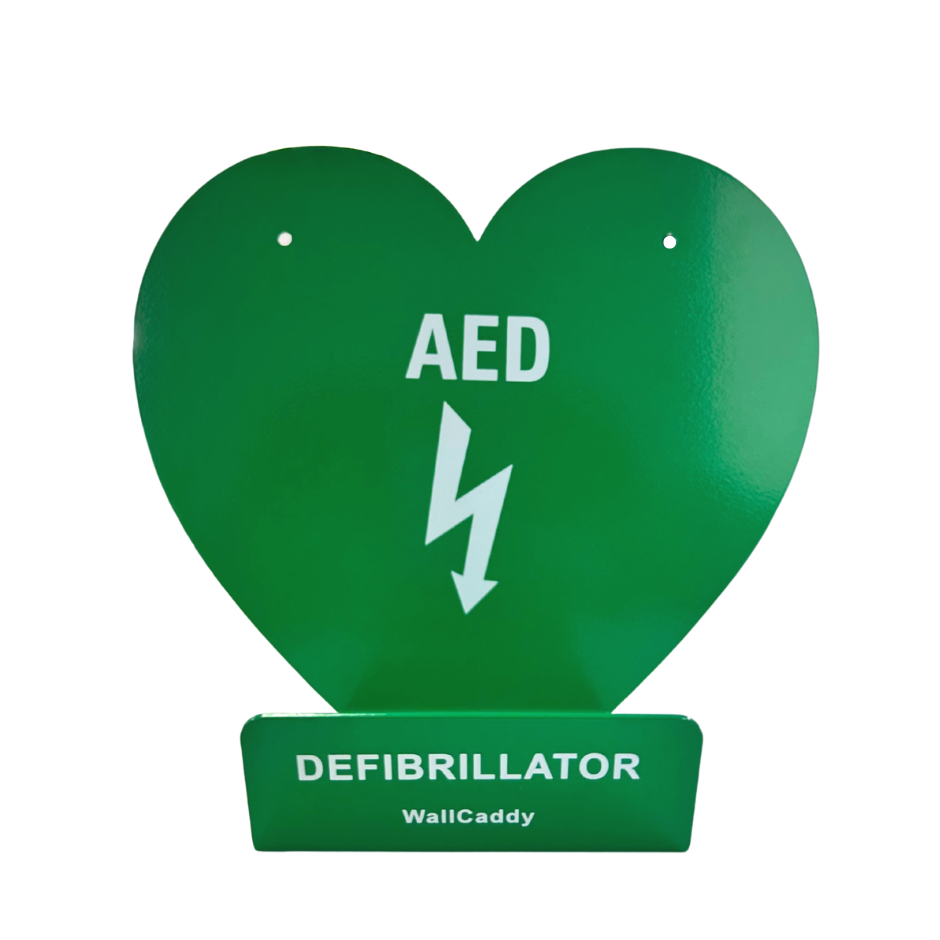

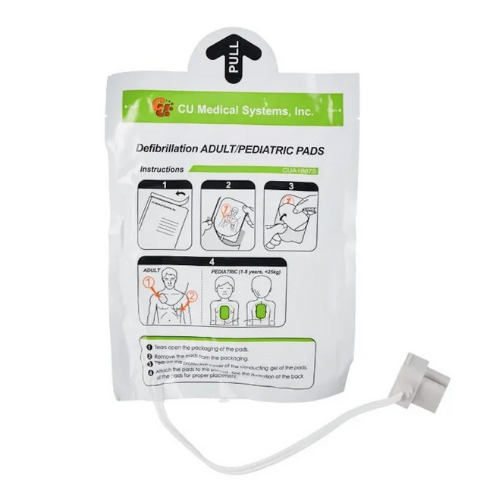
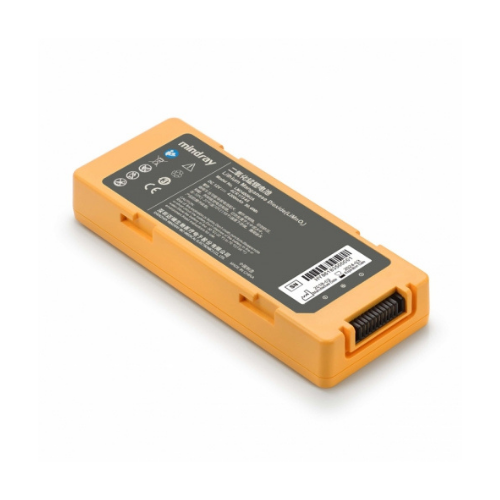

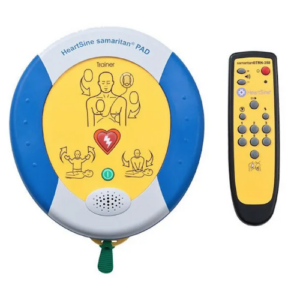



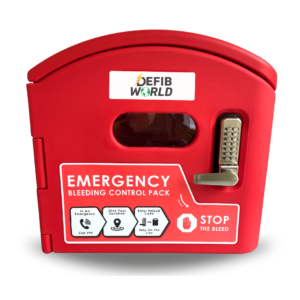



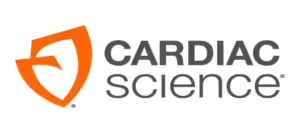
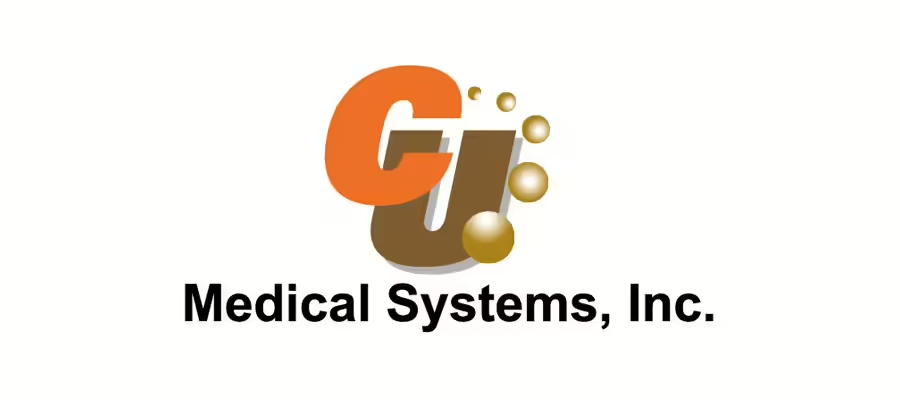











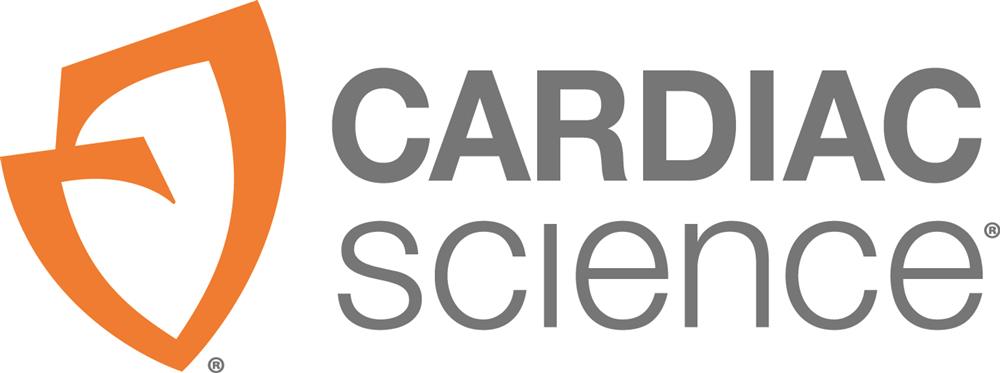
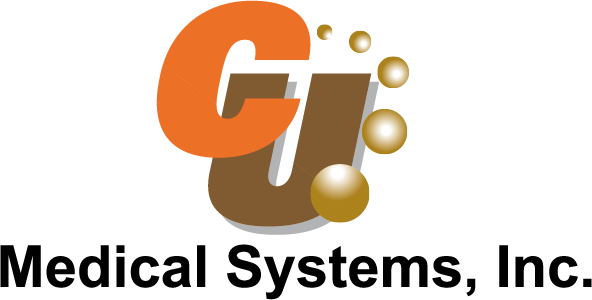
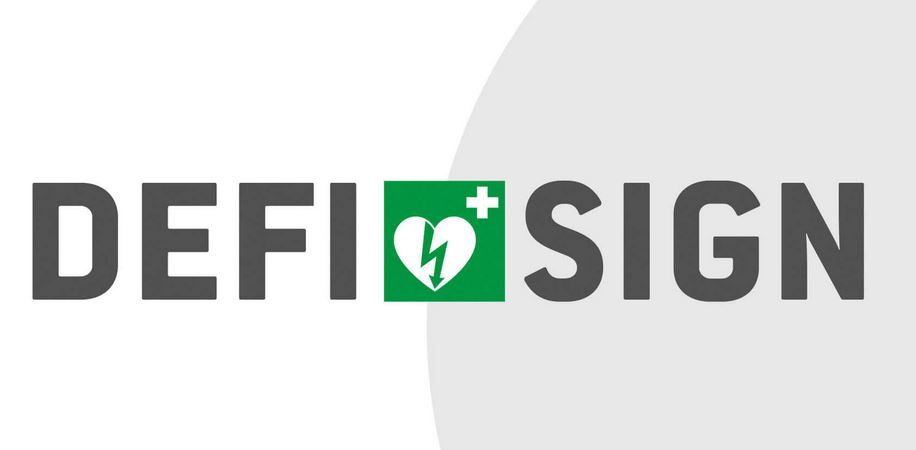



.svg.png)



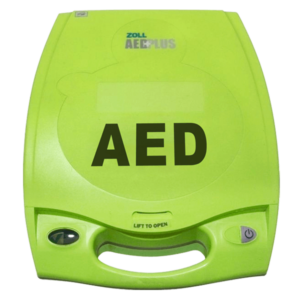






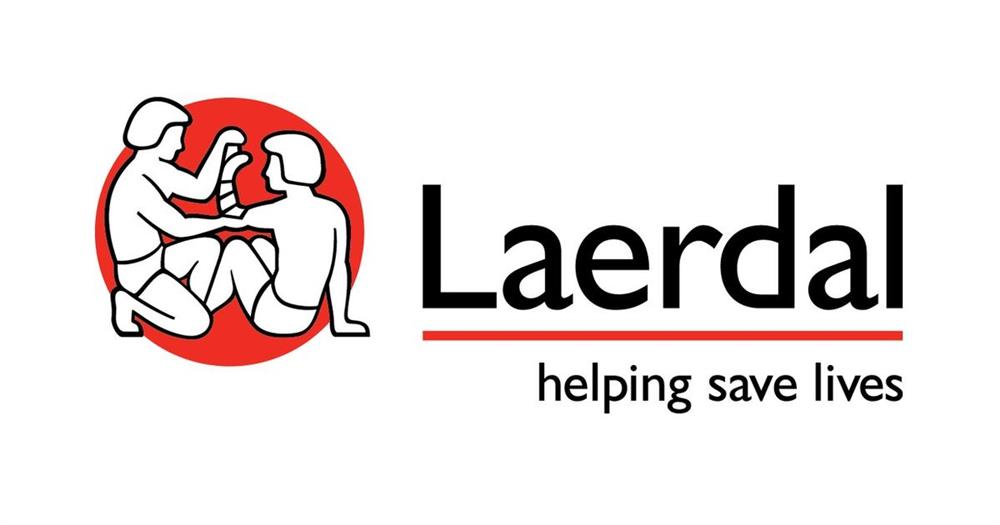

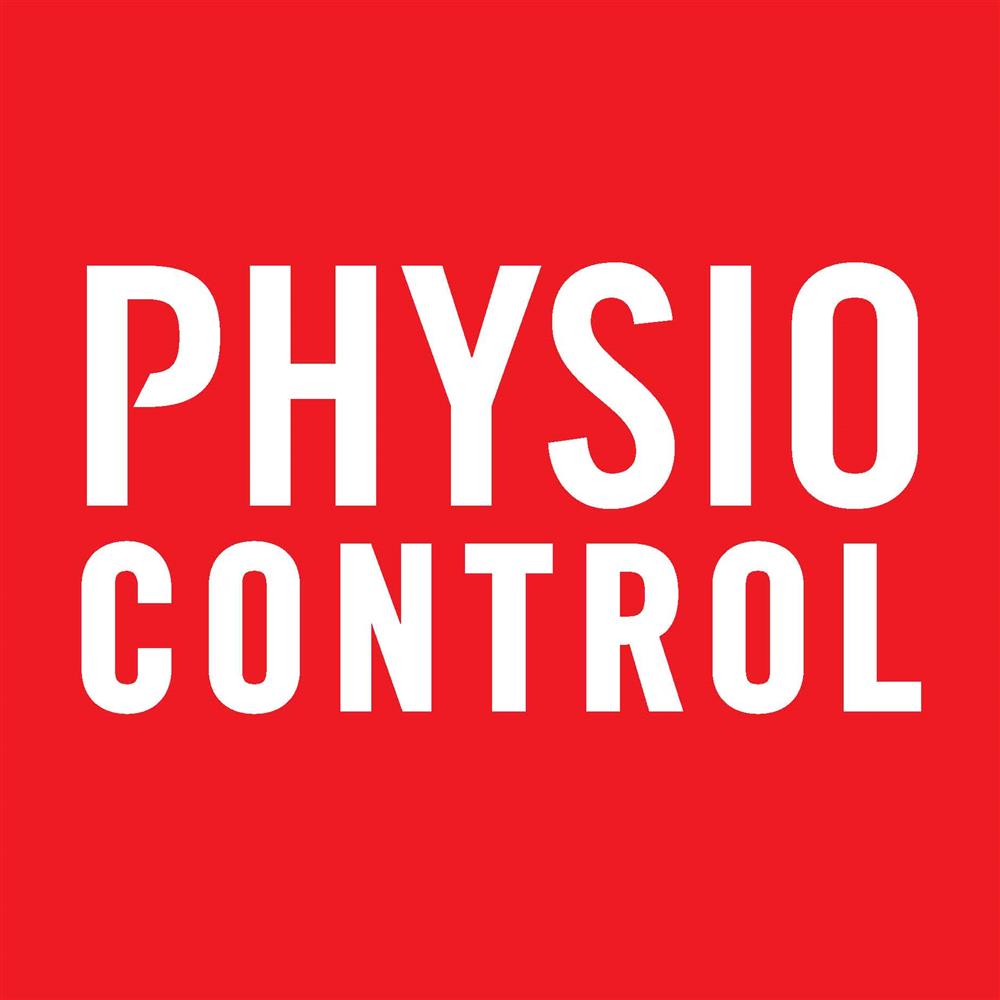
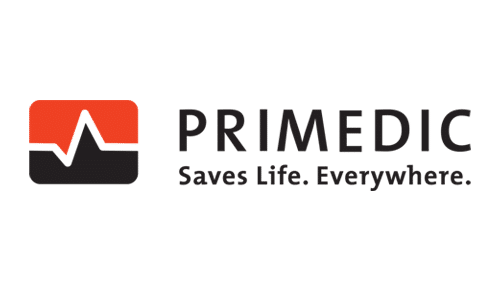

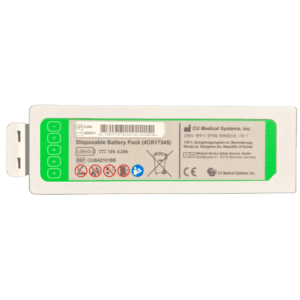
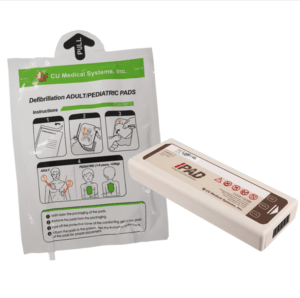
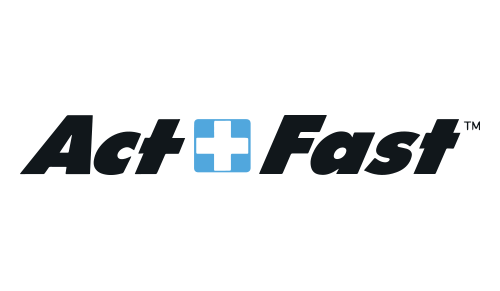

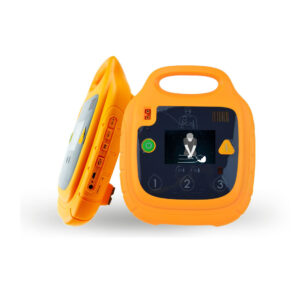





.jpg)

